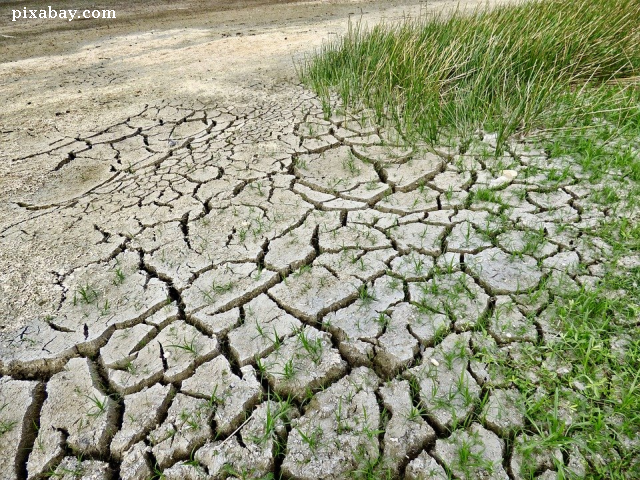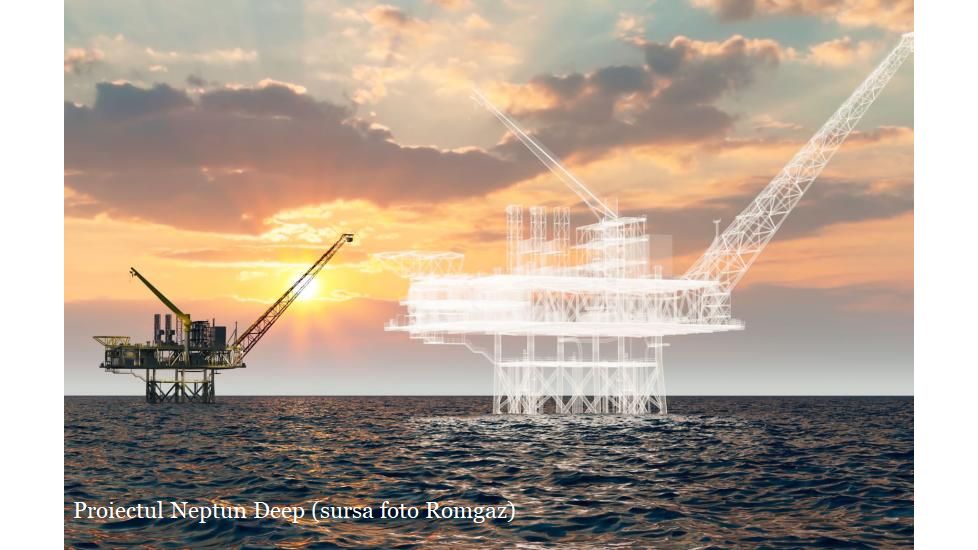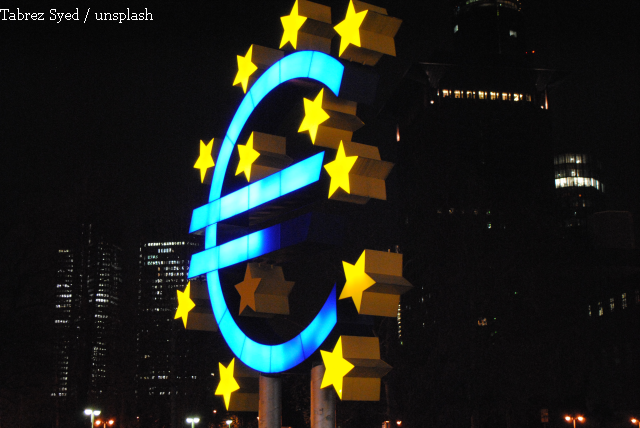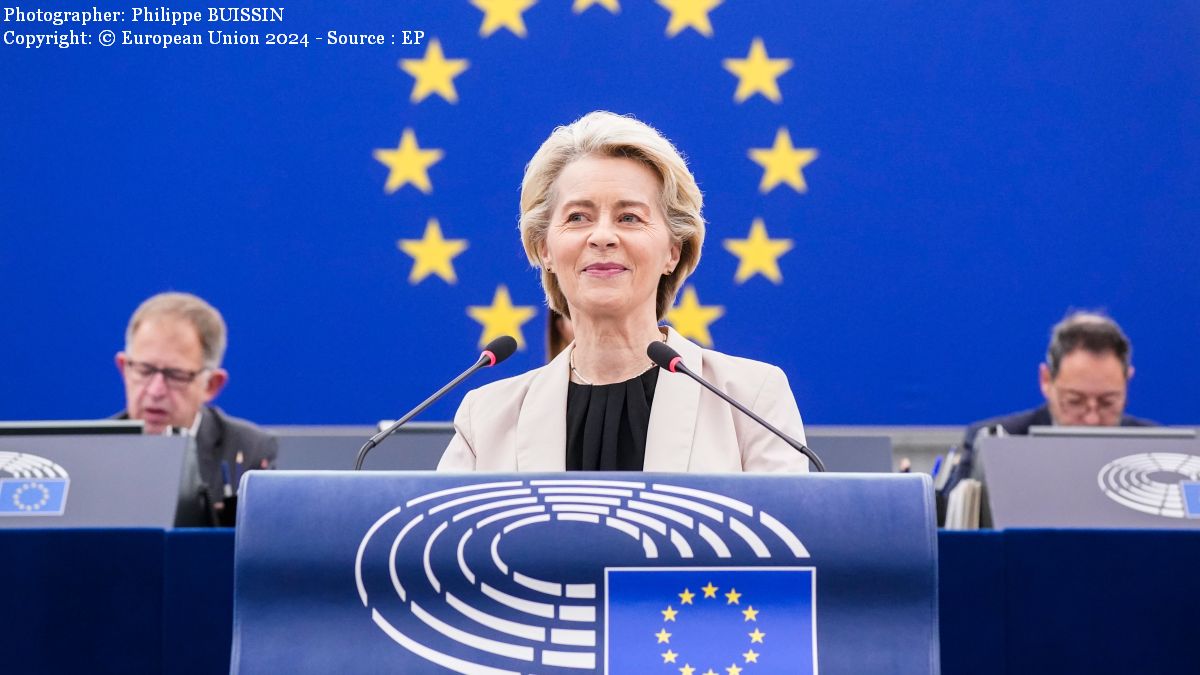The Effects of the Drought
The summer of 2022 was the warmest ever recorded in Europe

Corina Cristea, 15.09.2022, 15:05
The heat waves caused the months of June, July, and August to exceed the temperature record set the previous year, making summer 2022 the warmest ever recorded in Europe. At the same time, experts say that the drought in Europe is the worst in 500 years. This information was disseminated by all news outlets. In Italy, for instance, the Garda lake this summer went to its lowest water level ever registered, and the withdrawing waters left a field filled with stones in the open. In addition, the temperature of the water was comparable to that in the Caribbean. In Spain, dam lakes went down to 30% of capacity, and city halls suspended watering public gardens and parks, and stopped water fountains. Germany, Portugal, France, the Low Countries, and the UK have seen an unprecedented drought this summer, which had a deleterious effect on farms, causing authorities to take all kinds of emergency measures. Romania was not spared either. The country has seen droughts before, but now the way in which they occur has changed. This is according to Monica Ionita Scholz, a PhD in physics, and researcher for the Marine and Polar Studies Institute of Germany, speaking to Radio Romania:
“Right now we are having what we can call hot droughts. Before this, we had droughts due to a deficit of rain. For instance, we had no snow, or no spring rain, and then we had problems in the summer, when there was not enough water in the soil. Now, this lack of rain is compounded by very high temperatures, which amplifies the drought, we have much more evaporation, and the soil has no time to recover. Now we have much less snow in the winter. If you have snow, the soil stays moist until spring, and the summer deficit is smaller. The snow layers have diminished dramatically in the last 20 years, especially in the south and east of Europe.
The researcher believes that the problem is global warming, because for the last 20 years, each year has been hotter than the previous, with only two or three exceptions.
“The heat waves are longer, they occur earlier, we even had heat waves in May. Over the last few years, we had heat waves in September or October. This happens very often in the center, south, and east of Europe, it is no longer a novelty, but now it started happening in the north too, such as Norway. Last year in Finland they had temperatures of over 30 degrees centigrade in June and July, which falls outside of natural variability. We also had 30 degree temperatures at the Polar Circle. There were even forest fires in Siberia. The problem is that, when forests burn, we put a lot of ash into the atmosphere, and that ash gets circulated into the atmosphere up to the Polar Circle, it covers the marine ice, and amplifies global warming.
Monica Ionita Scholz identified five types of drought: meteorological, agricultural, hydrological, ecological, and socio-economic. Meteorological drought is relatively short, it is a drought that is quickly reversed by rainfall. Agricultural drought is related to the moisture in the soil, says the researcher, impacting farming:
“The moment we arrive at farming drought, and we cannot take measures to temper it, it affects day to day life, we pay more for foodstuffs, or it gets hard to come by them, so we have to import, and so on. It takes a bit more to get to the point of a hydrological drought, because that is when we are talking about a lack of water in rivers, and therefore in the soil. Unfortunately, over the last five years, for instance, in the center of Europe, especially Germany, there was a terrible hydrological drought. There have been years upon years when river traffic was diminished, including transportation on the Danube. Ecosystems are also affected, the water temperature in rivers has increased, which is dramatic for the fish and all the microorganisms that live in these rivers.
Ecological drought is a newly encountered kind of drought, which occurs when various animal and fish species start dwindling or disappearing. Monica Ionita Scholz esplained that this type of drought is not necessarily tied to river drought:
“We can see species disappearing when we have drought on agricultural areas, so that they have nothing to eat, or water to drink. Socio-economic drought occurs when we are talking about the impact on the economy, when prices go us, because we had insufficient yields per hectare, or when we have reduced traffic on waterways, when you have to reduce the quantity of goods you put on barges. In Romania, the drought of 2000 to 2001 produced major socio-economic damage. In 2018, we had something similar in Central Europe, we are talking about millions of Euros in damage.
Scientists are sounding the alarm too, and say that more should be done to protect the planet from extreme climate events resulting from global warming. If things continue in this vein, they say, the state of the planet would worsen past the point of no return.






























